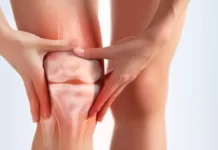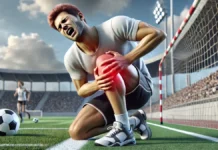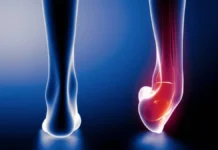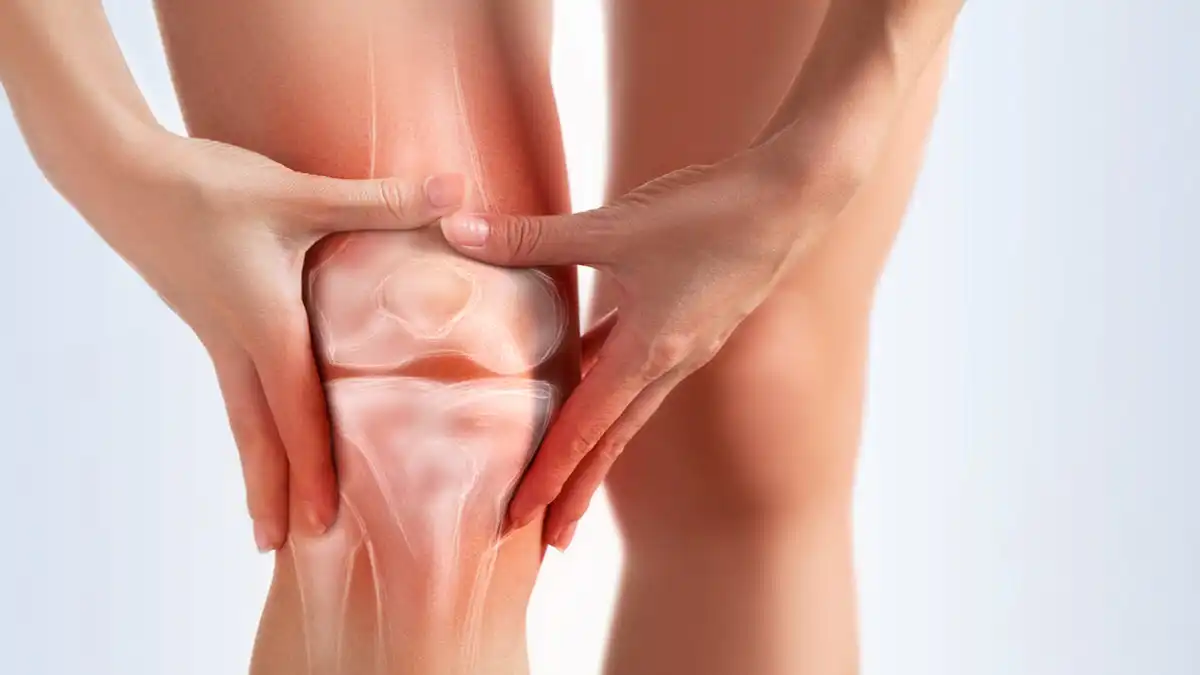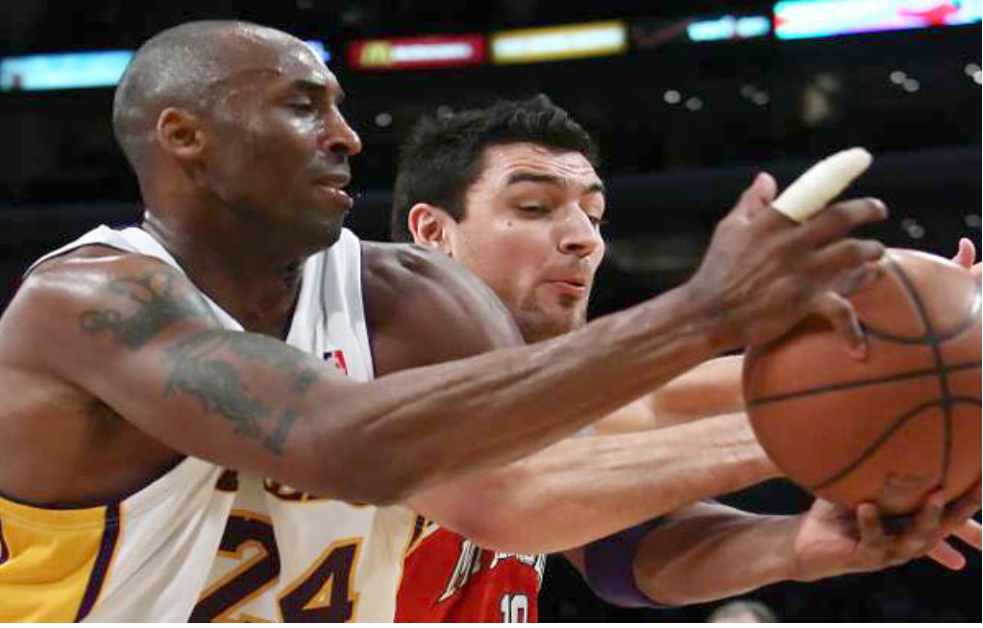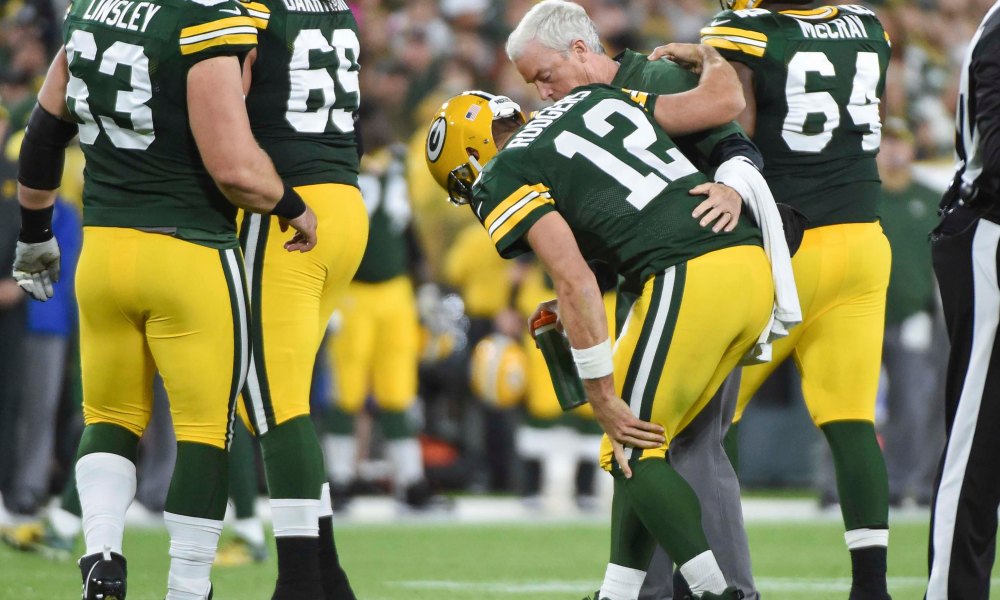Ligaments are fibrous bands that hold the skeleton together. The function of a ligament is to provide stability to a joint by connecting one bone to another bone.
A ligament will prevent a joint
- From moving too far in extension
- Move too far with activity.
- Prevent joints from dislocating
- Prevent injuries in response to
- Twisting
- Jumping
- Lateral movement
Histologically, like all other tissues in the body, ligaments are made up of cells and the extracellular matrix (ECM) they produce, with fibroblasts being the dominant cells. The fibers of the ligaments are laid down compactly and arranged in parallel, which is why this tissue is called dense regular connective tissue.
- The ligament usually provides support in one direction and often merges with the joint capsule.
- Ligaments can be
- Capsular: Thickened into the wall of the capsule (glenohumeral ligament)
- Extracapsular: Found outside the joint itself. The collateral ligaments present in many joints are extracapsular (collateral ligament of the knee).
- Intra-articular: Ligaments located inside a joint (the cruciate ligament of the knee)
- Ligaments exhibit viscoelastic behavior, which helps control energy dissipation and controls the potential for injury.
- Ligaments respond to loads by becoming stronger and stiffer over time. The collagen fibers in a ligament are arranged so that it can withstand both tensile and compressive loads.
- Because ligaments stabilize, control and limit joint movement, any injury to a ligament will impact its movement.
- Ligament injuries can lead to joint instability, which will result in impaired motion. The altered joint will be more vulnerable to injury.
Sprain
- The strength of a ligament also decreases rapidly with immobilization.
- A pulling injury to a ligament is called a sprain.
- Sprains are classified in severity 1, 2 or 3 depending on whether they are
- Class 1: Partial tear of the fibers
- Class 2: Partial tear with loss of joint stability
- Class 3: Complete tear with loss of joint stability
Difference between ligaments, tendons and fascias
The difference between ligaments and tendons lies simply in the type of elements they connect and support:
- Ligaments connect two bones and stabilize organs.
- Tendons connect muscle to bone.
- Fascia connects a muscle to another muscle.
Function of the ligament
- To guide normal joint function
- Limit abnormal joint movements



